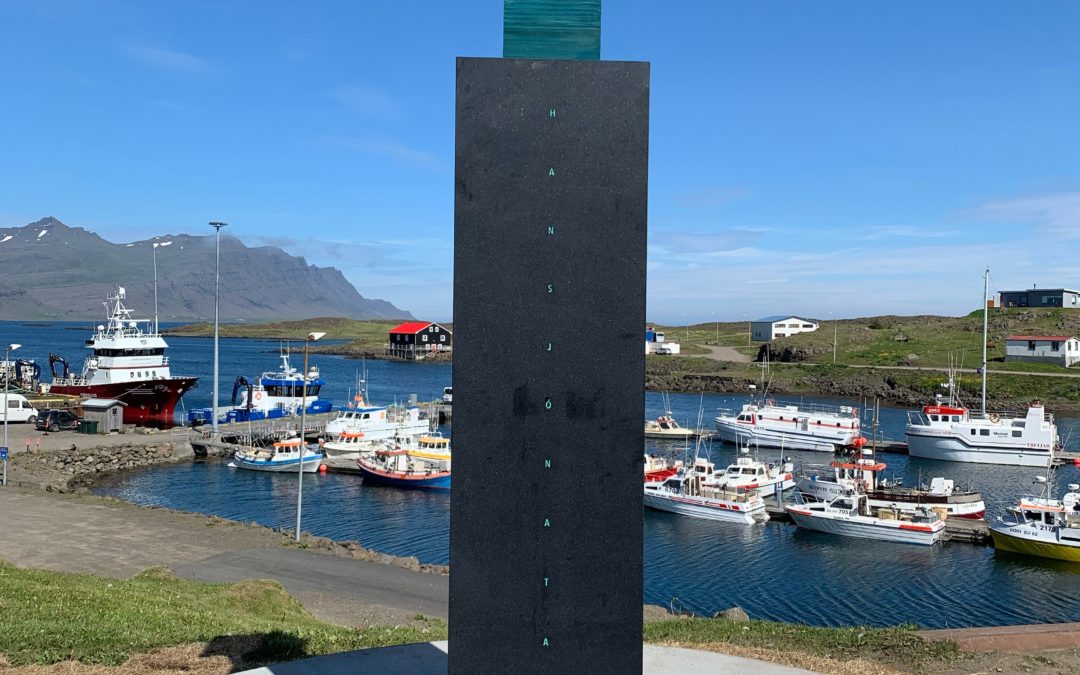Hans Jonathan (1784–1827) was born into slavery on St. Croix in the Danish Virgin Islands in the Caribbean. His mother, Emilia Regina, was a house slave from West Africa; his father was white, probably a Dane.
At age seven, Hans Jonathan was sent to Copenhagen to join the household of his owners, the Schimmelmann family. He played a heroic role in the Battle of Copenhagen in 1801, imagining he would become a free man. Widow Schimmelmann, however, took him to court and had his enslavement confirmed.
Hans Jonathan then decided to take his freedom, escaping to Iceland soon after the legal verdict. He settled at Djúpivogur where he worked as a trader at the Löngubúð store, later becoming a peasant. Icelanders embraced the newcomer and nothing indicates that he would be shunned because of the color of his skin or his origin in slavery.
He married a respected local girl, Katrín Antoníusdóttir. Their two children now have one thousand descendants.
As far as we know, Hans Jonathan was the first black person to settle in Iceland. His biography The Man Who Stole Himself: The Slave Odyssey of Hans Jonathan (authored by Gísli Pálsson) appeared in 2016 (also published in Icelandic, Danish, and French).
A memorial sculpture, “Freedom”, has been raised at Djúpivogur in his honor, echoing international protests against the use of skin color in refuting human rights. The memorial is the work of renowned Icelandic artist Sigurður Guðmundsson. The Government of Iceland, the inhabitants of Djúpivogur, Fiskeldi Austurlands, and numerous individuals generously financed its construction. The memorial was revealed by Prime Minister Katrín Jakobsdóttir at a ceremony in Djúpivogur on 10 July 2021.

